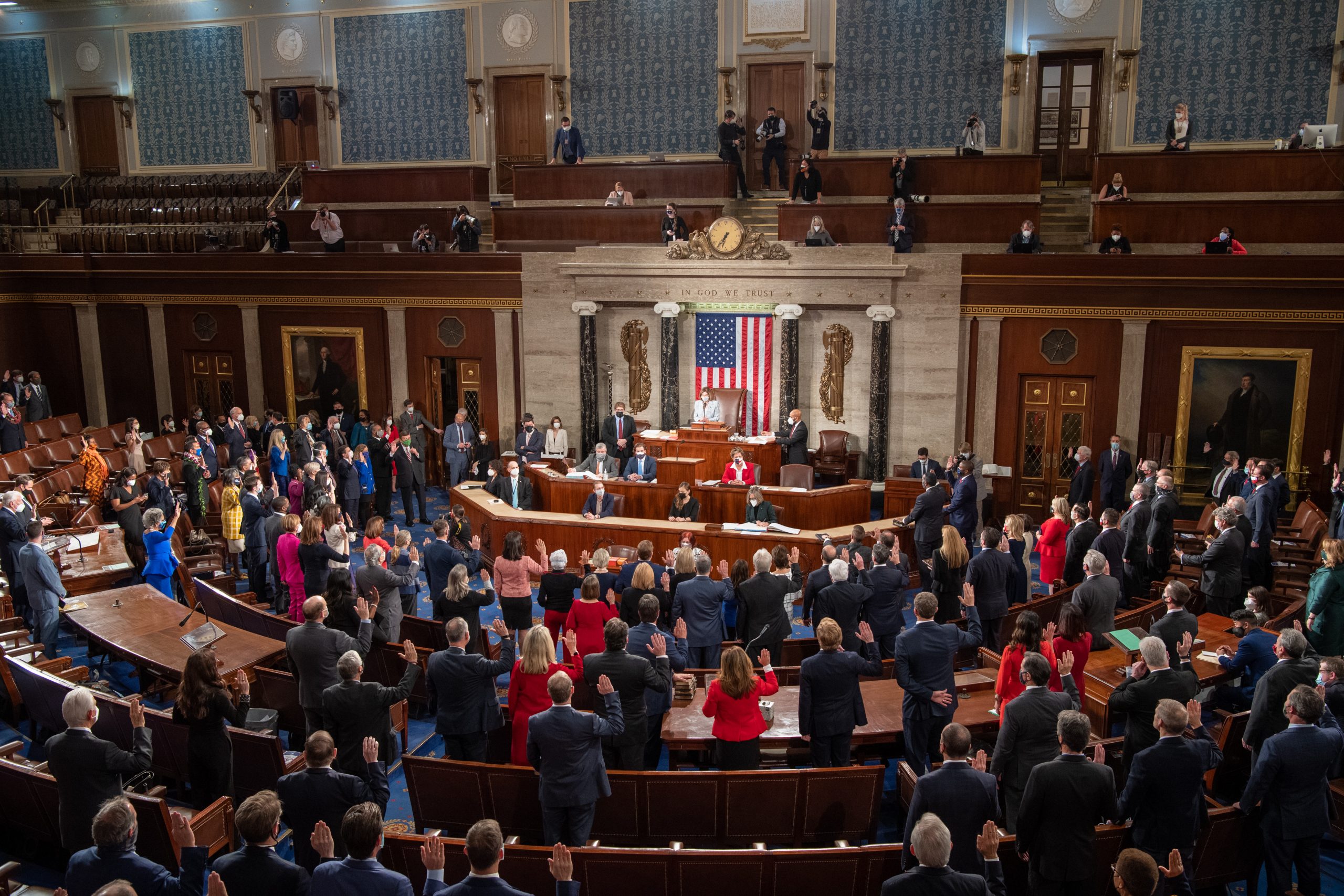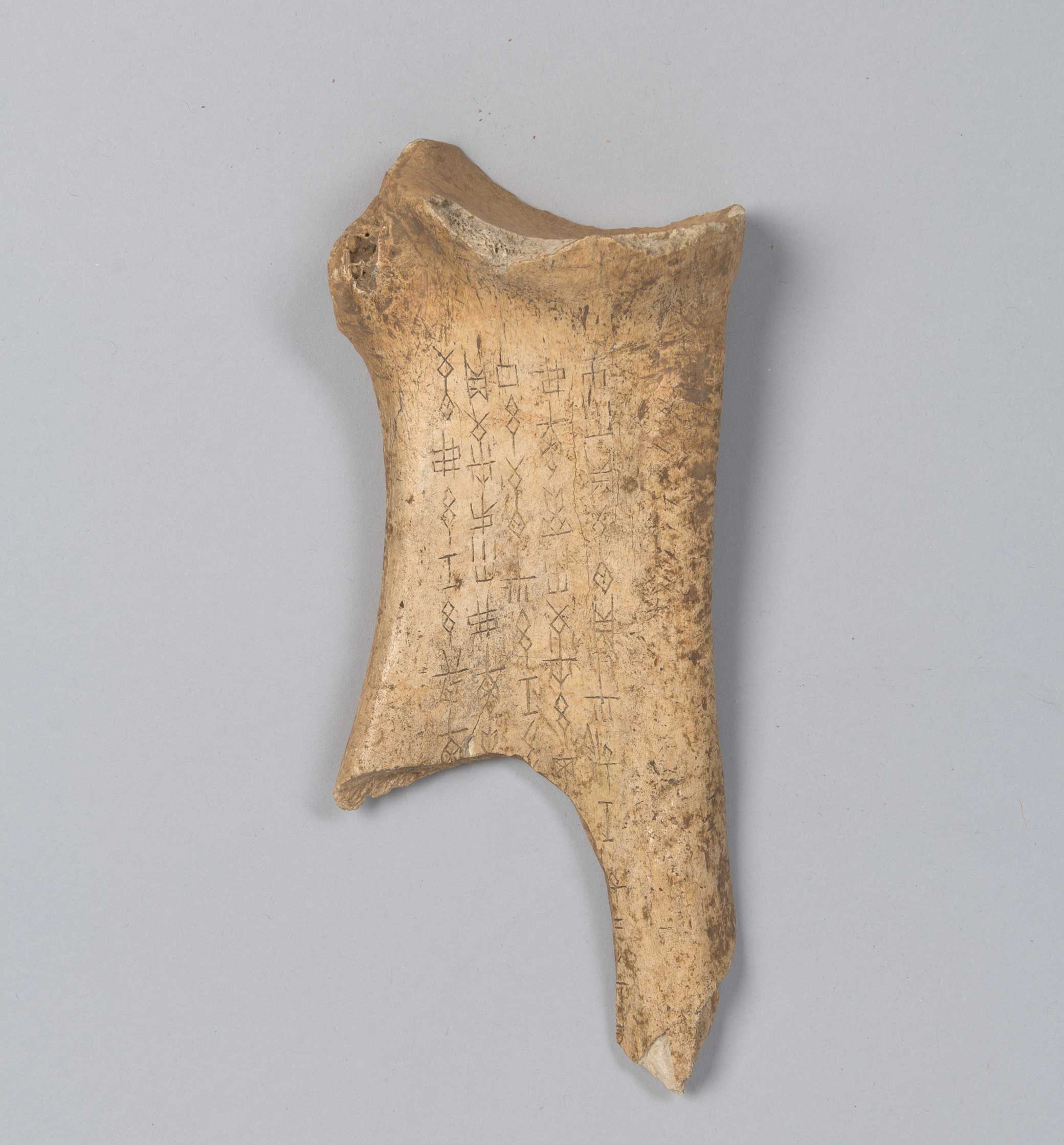Japanese Gardens
- Home Page 315

“Father of History”
This content is accessible to paid subscribers. To view it please enter your password below or send mike@standardsmichigan.com a request for subscription details.
Red Brick
This content is accessible to paid subscribers. To view it please enter your password below or send mike@standardsmichigan.com a request for subscription details.
Data
Today we scan best practice literature for data (now a term of art used interchangeably with information). For talking purposes we approach data as a unit of information. Data and computing environments are the beating heart of all education communities; more so since the onset of the pandemic.
Characteristic of this domain: data technologies move swiftly; no surprise here. We distinguish among titles as follows:
- Active: Standards that have been published, is known to be or planned to be in use, and is planned to have future maintenance releases after public consultation and trial use.
- Stable: Standards that may be in use and may generate some feedback and questions, but is not under active review, or expected to be updated in the foreseeable future.
- Retired: Standards that has no current or planned standards development activity within the community; which may no longer be in use, or which should not be considered for use.
Every self-respecting standards developer has an iron in this conflagration:
ASHRAE International
ATIS International
BICSI International
Institute of Electrical and Electronic Engineers
Institution of Engineering & Technology
International Code Council
National Fire Protection Association
Telecommunications Industry Association
The IET
…and so on; including titles thrown off by open-source and consortia verticals.
Use the login credentials at the upper right of our home page.
More
Passwords Protect My Stuff a Study of Childrens Password Practices
Mathematics of Big Data and Machine Learning@MITOCW @IEEECampus https://t.co/19JSzxRkiz pic.twitter.com/oSHionFcl6
— Standards Michigan (@StandardsMich) September 15, 2021
New update alert! The 2022 update to the Trademark Assignment Dataset is now available online. Find 1.29 million trademark assignments, involving 2.28 million unique trademark properties issued by the USPTO between March 1952 and January 2023: https://t.co/njrDAbSpwB pic.twitter.com/GkAXrHoQ9T
— USPTO (@uspto) July 13, 2023
Standards Michigan Group, LLC
2723 South State Street | Suite 150
Ann Arbor, MI 48104 USA
888-746-3670















